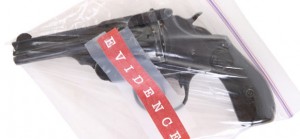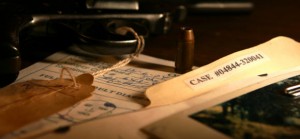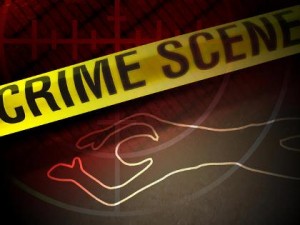A careful and expert evaluation of the reporting, photographs and sketches, forms and documents related to the investigation process determine the level of accuracy and thoroughness during the course of the investigation. The following are the main steps when processing a crime scene:
- Securing the crime scene.
- The boundaries of the crime scene must be secured with crime scene tape, ropes, or cones.
- Primary and Secondary Scenes
- The secured area should include the areas where the crime took place and the surrounding areas where physical evidence may be located.
- Surveying the crime scene for evidence and other clues require answers to the following questions:
- What is the location of the crime scene(s)?
- What were the weather and temperature conditions?
- Was there any odor detected upon arrival?
- Were doors/windows open, closed, locked?
- Is anything damaged, out of place, or missing?
- Were lights or electrical appliances on or off?
- Is food present, being prepared, or partially eaten, etc?
- What are the contents of trashcans?
- Were there signs of struggle or violence?
- What is the state of the bathroom?
- Searching the crime scene and locating physical evidence.

- Recording the crime scene.
- Note taking (Reconstruction Event Timeline)
- An event timeline will define each event or “moment” that occurred at a crime scene in various probable orders within a known or estimated time frame.
- The evidence that signifies the start or end of events at a crime scene can give a clue as to the missing events that must fit in the middle.
- Once the various orders have been identified, each sequence should be tested against the evidence.
- If successful, reconstruction can play a vital role in aiding a jury to arrive at an appropriate verdict.

- Photographing
- Show the layout of the crime scene.
- Show the position of collected and uncollected evidence.
- Show the point of view of victims, suspects, and witnesses.
- Show the original condition of items of evidence at the scene.
- Sketching
- Clearly shows the layout of a crime scene.
- Illustrates the relationship in space of all significant items and features.
- Clarifies objects and features already described in notes or shown in photographs.
- Shows measurements over long distances and topography of outdoor scenes.
- Depicts possible paths of entry, exit, and movement through the scene.
- Demonstrates whether the account of a victim, suspect, or witness is feasible.
- Documenting & Maintaining the Chain of Custody
- Collecting and Preserving Crime-Scene Evidence.
- Marking, tagging and documenting physical evidence.
- Package physical evidence
- Obtaining reference samples (Known Samples for comparison)







